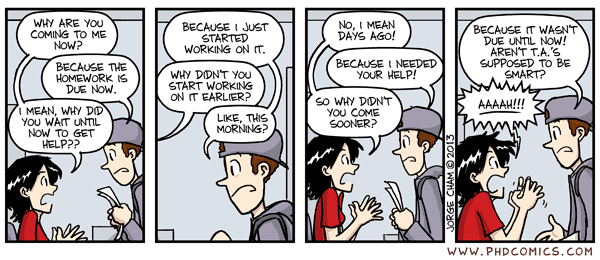A few days ago I noticed, again, that my unread count in Gmail is far greater than I would like. Noting that the count was only for my Inbox, not including the unread mails in the Social, Promotions and the other tabs I was using I knew the situation was much worse. Still, this was not the main problem. the main problem was that I was starring important To-Do items and then letting them slip as they were pushed to oblivion by new, unread mails. I needed to get Gmail to sort my mails in another order. I wanted my starred items on top. So I went into Settings and figured out a way to do it.
Here's how my Inbox is set up now:
Here's how my Inbox is set up now:
- First I have all items with "Calendar" label - I set up a rule to have all the auto-reminders from Google's Calendar directed automatically to that label without staying in my Inbox more that an instant. This is a tiny list as I delete anything's that in the past.
- Next I have my starred list - this should be kept under 10 items at all times. If I go over 10 it means I must kick something off it by taking care of it immediately.
- Then comes the unread list - this is currently still too long but I'm working on trimming it. I've already filed away quite a lot of the unread clutter using labels and deleted a lot too. I'm hoping to get it under 10 at all times as well.
- Last is the rest of my inbox.
This order led me to admit I am getting far too much mails I really don't need. When I used the tabs method those mails didn't bother me. I'd go in to the non-Inbox tabs and run wholesale delete jobs 2-3 times a week and thought nothing of it. This new order made me start unsubscribing and cleaning up my act.
To clean up my unread list I have started reading all those blog posts and updates I have kept in order to read "later". It seems I've accumulated quite a few of "Dr. Lisa" Lang's blog posts, so now I am reading through them ad loving them, of course. The funny thing is Dr. Lisa talks a lot (and I do mean A LOT) about focus, and with the way I was running my mailbox that's the one thing I didn't have....
So, if you aren't subscribed to the Science of Business blog or the Velocity Scheduling System blog I highly recommend you subscribe to them. If you have any good tips for Inbox control - please share with us by commenting on this post.





